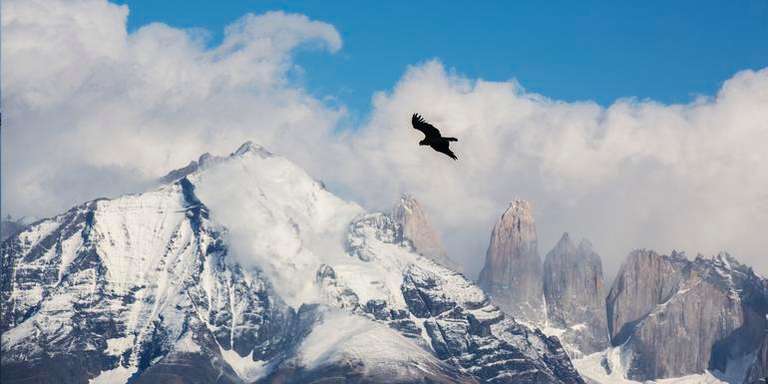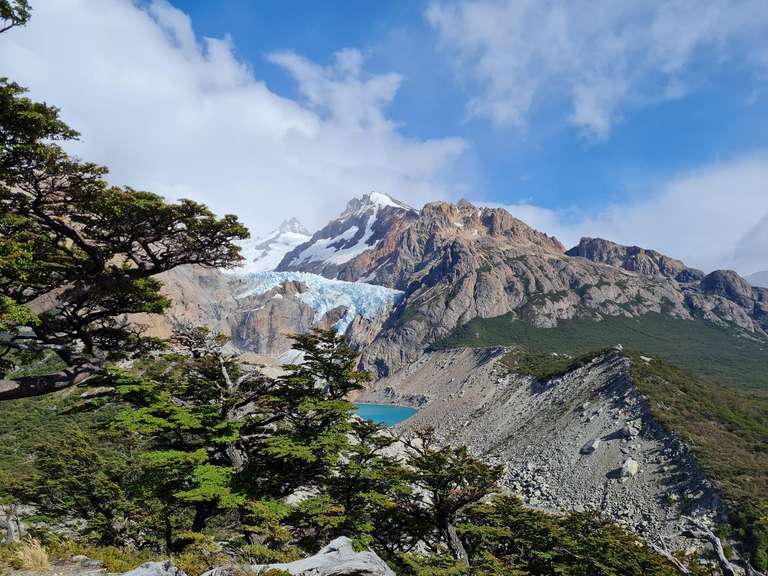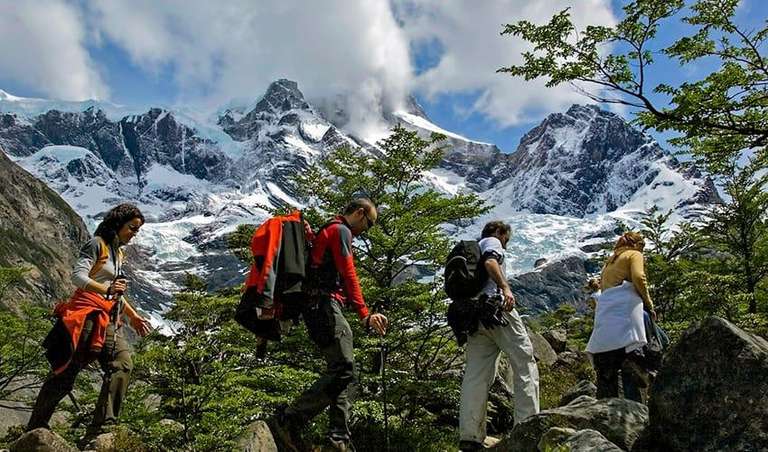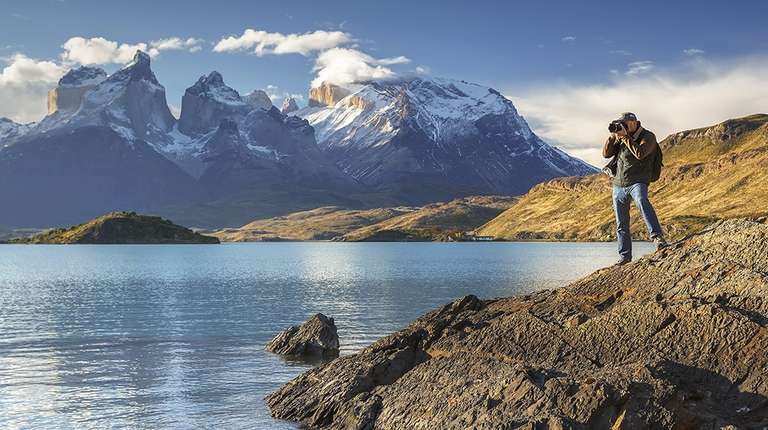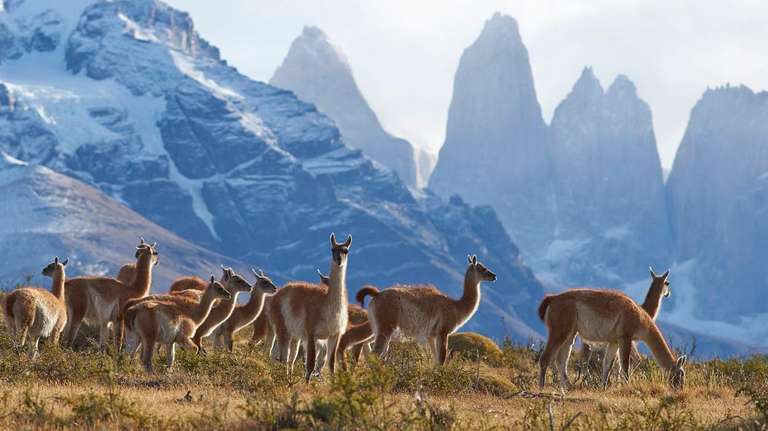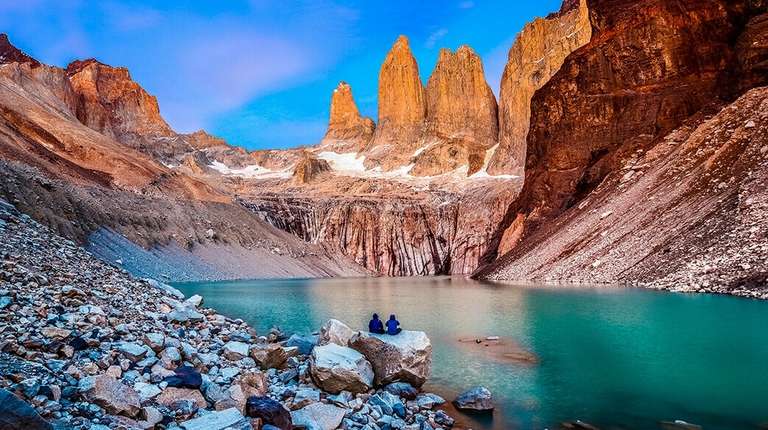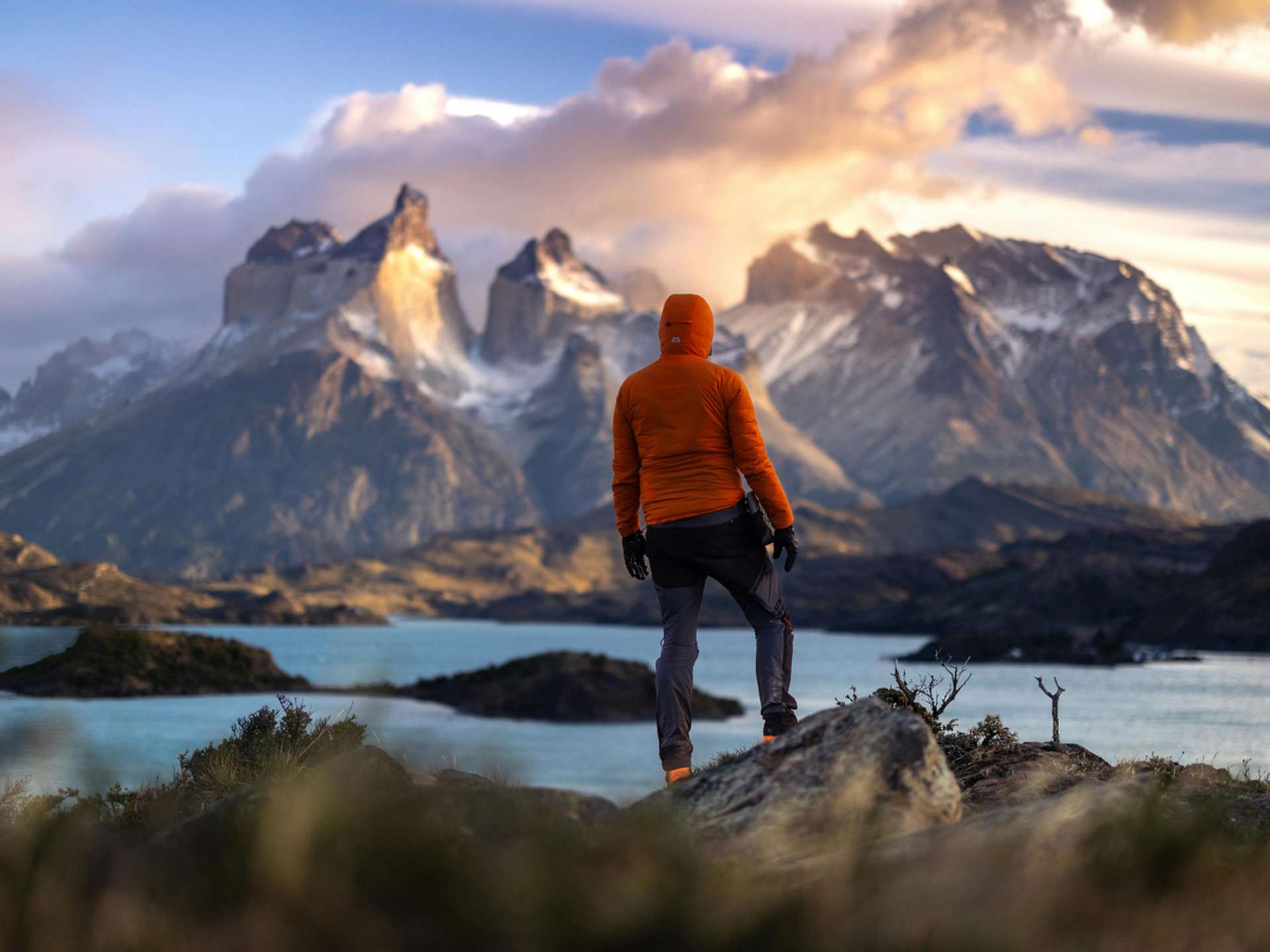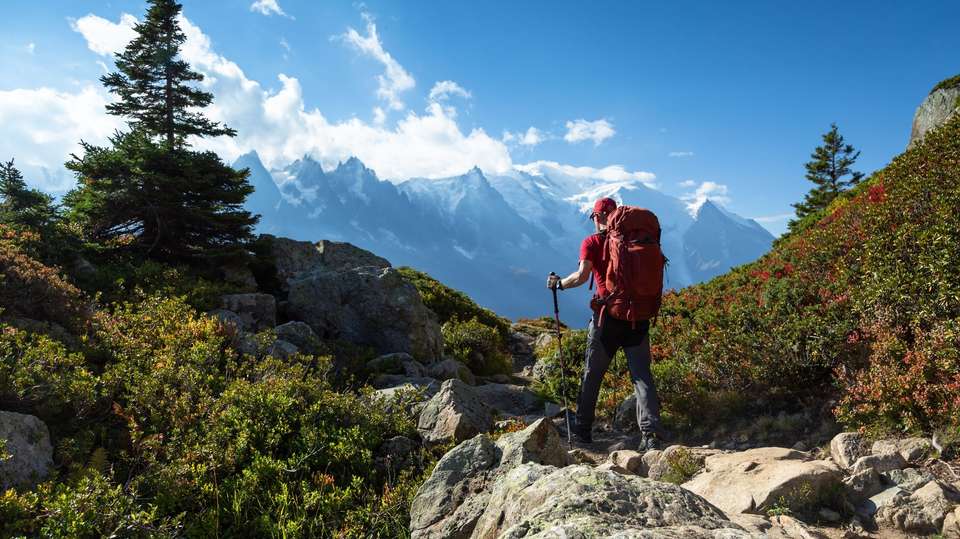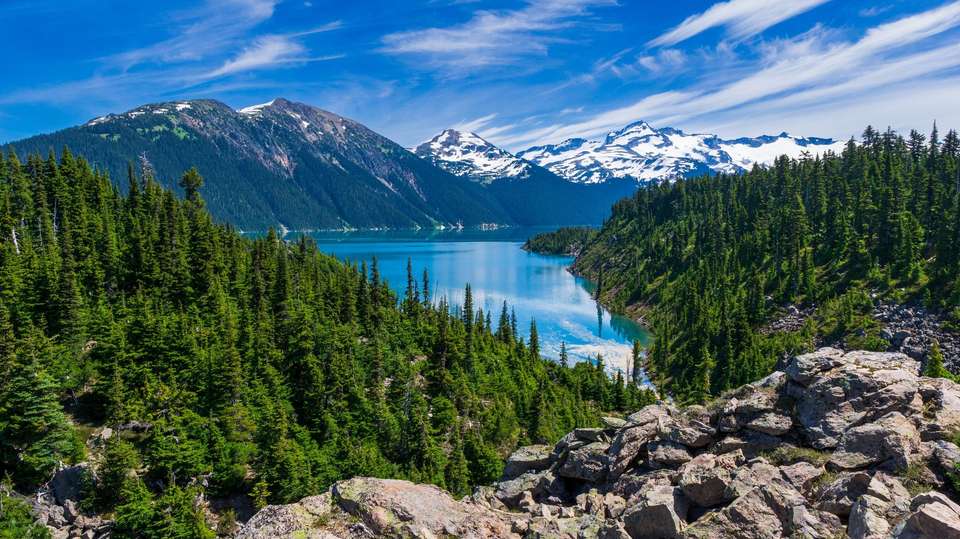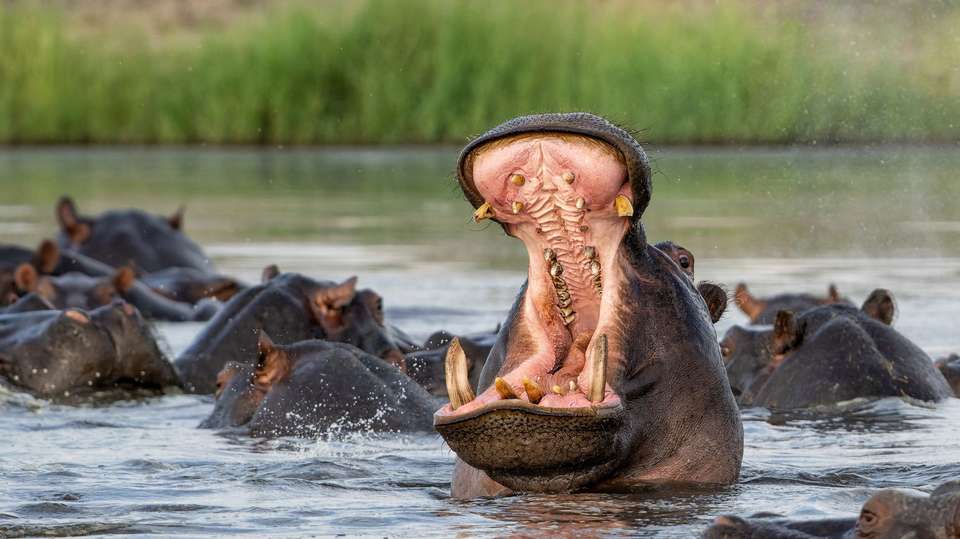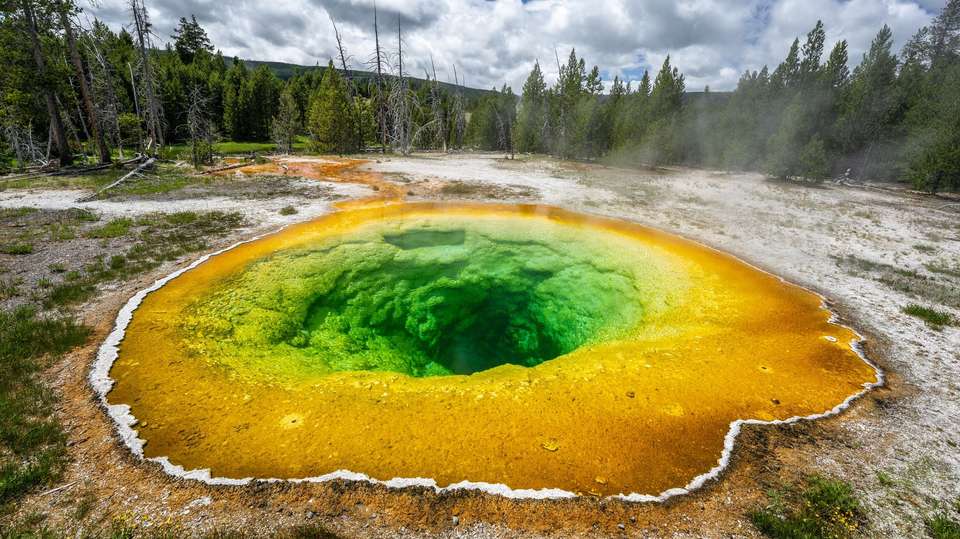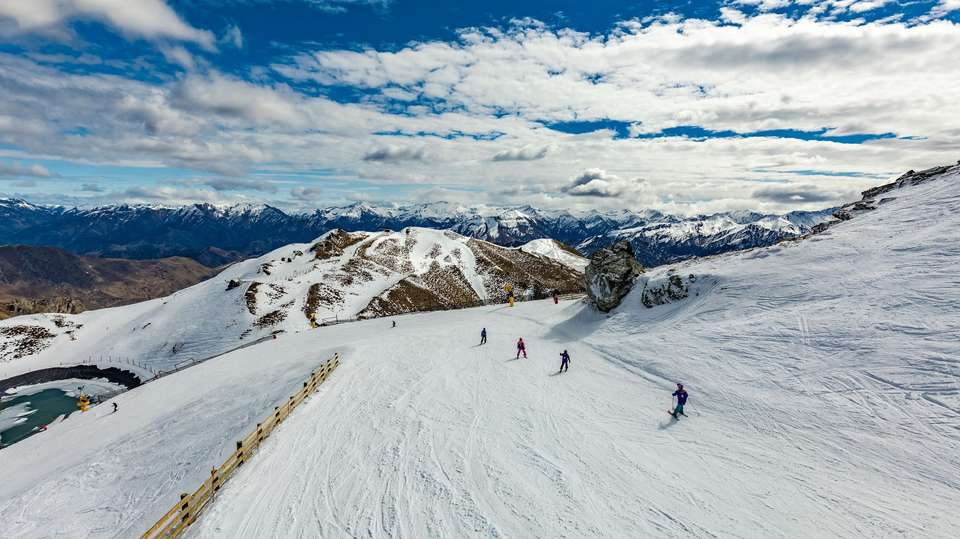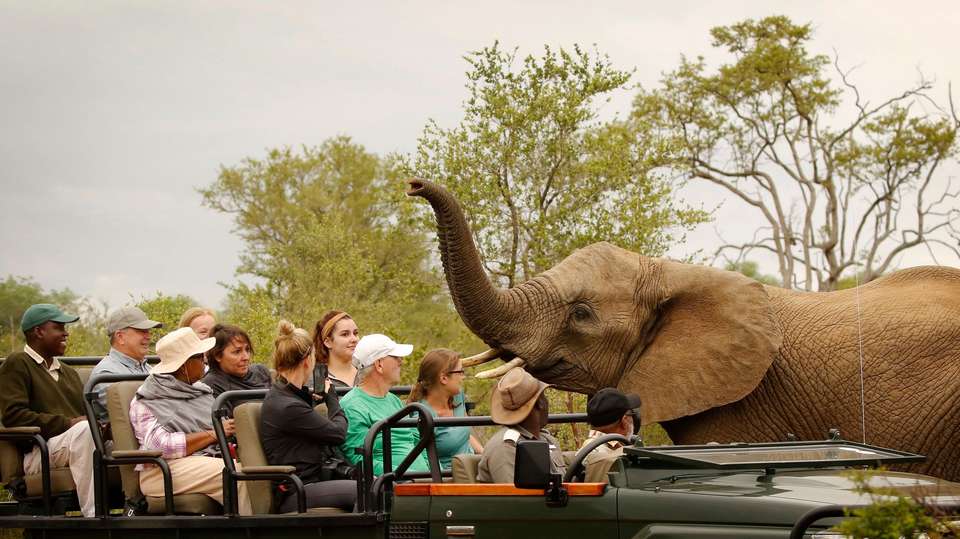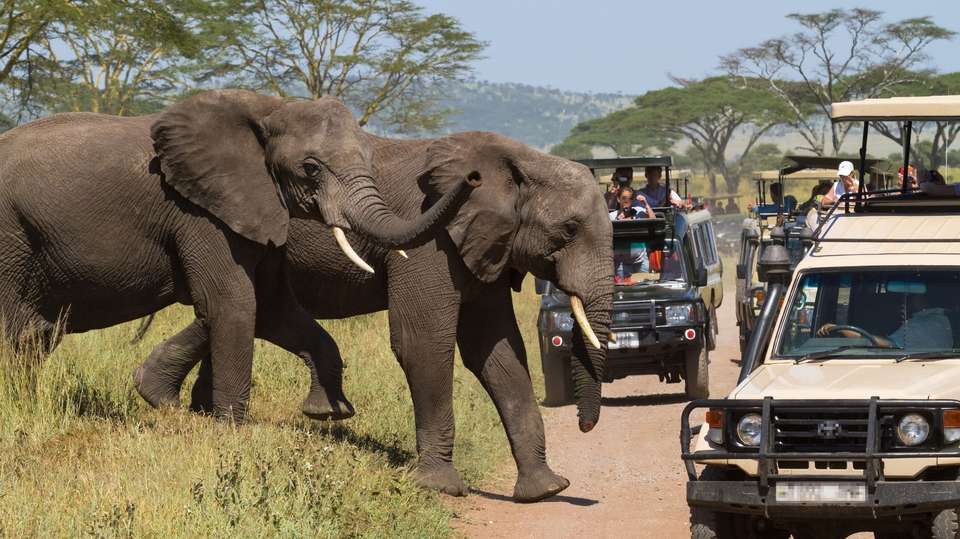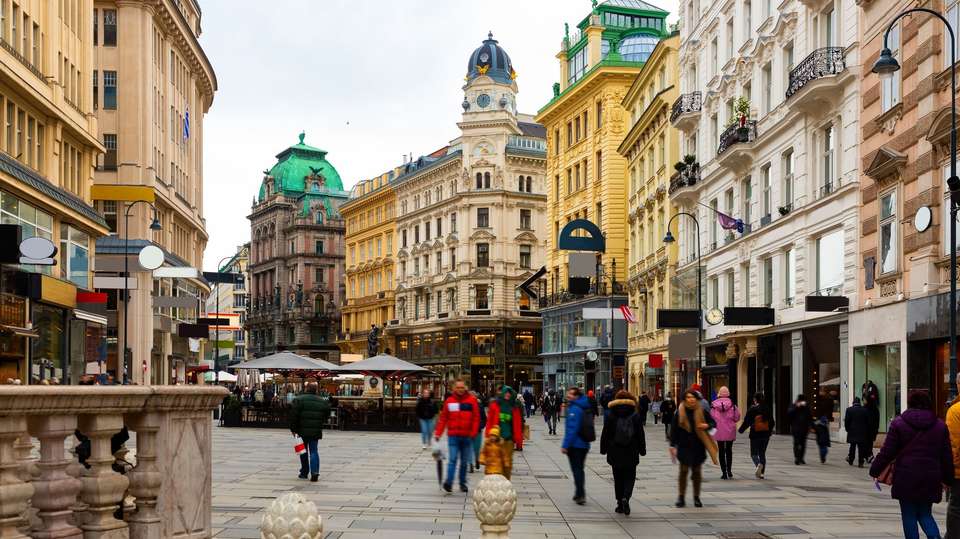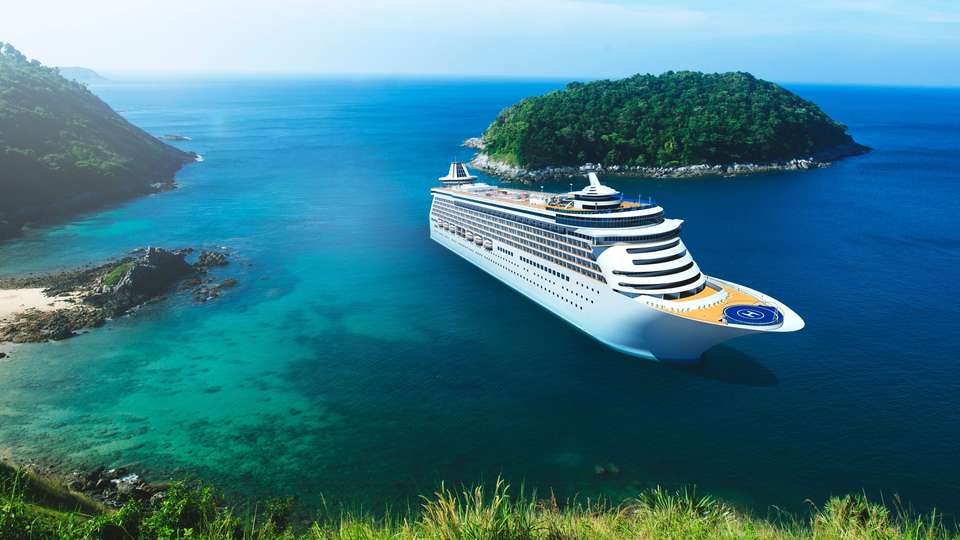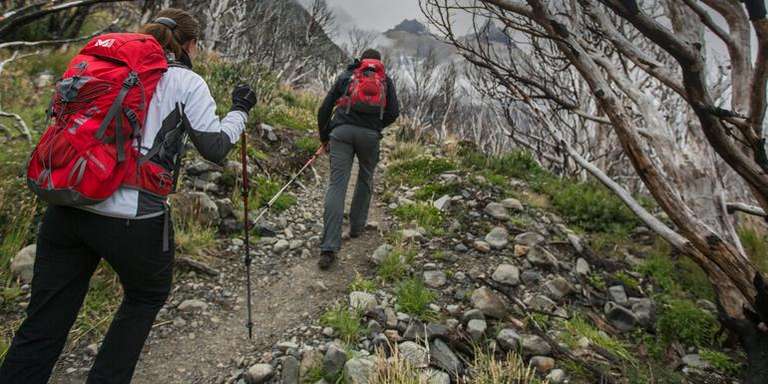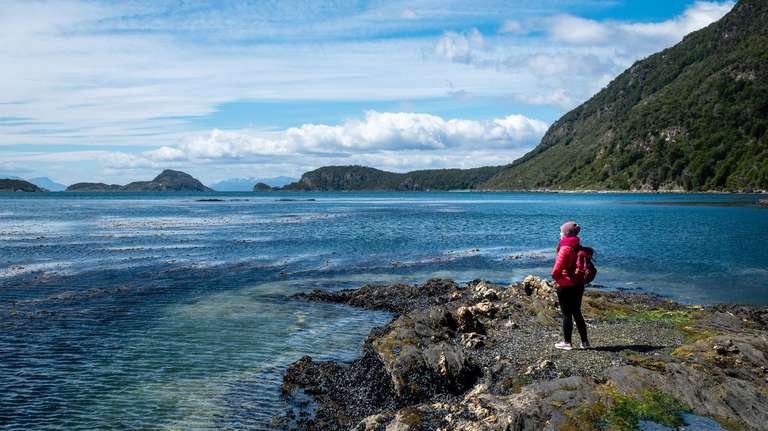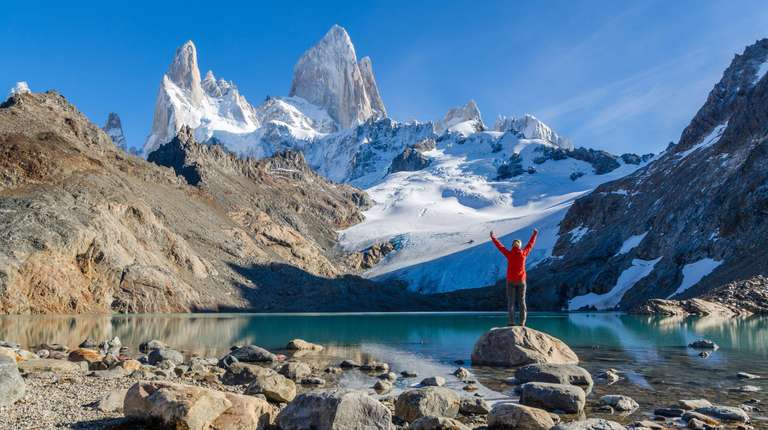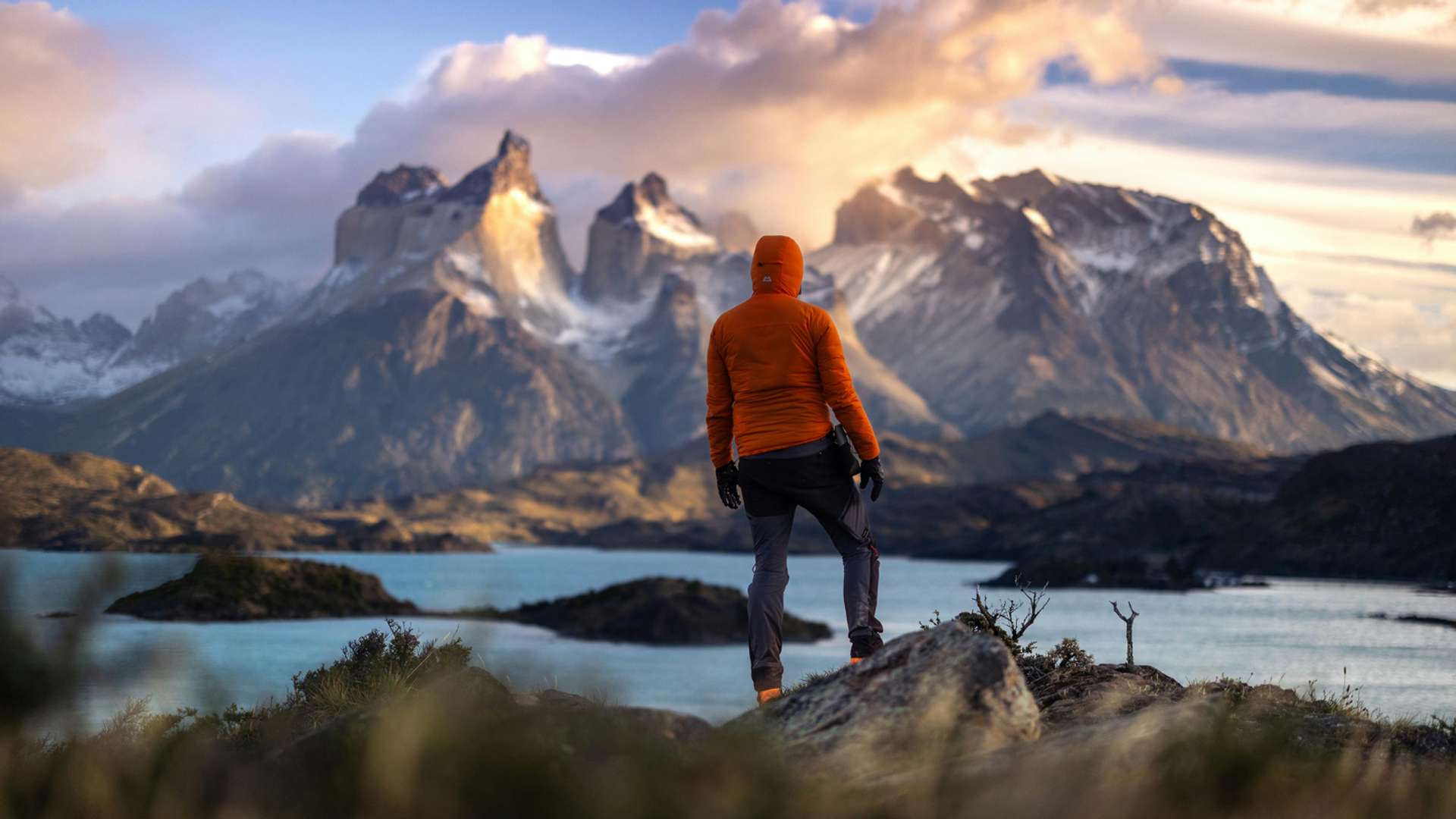
Torres del Paine Treks
Torres del Paine National Park, located at the extreme south of the Chilean Patagonia, is home to some of the most fantastic displays of nature in the Southern Hemisphere. Encompassing ragged mountains, glaciers, glacial lakes, rivers, valleys, and wildlife, the 227,298 hectares UNESCO World Heritage Site makes for an impressive destination, drawing people from every corner of the globe.
We guarantee the best prices on all our tours. If you find a lower price within 24 hours of booking, we'll match it.
Note: Prices may vary based on availability and demand.
10 Best Tours in Torres del Paine National Park
Discover our highly acclaimed tours in Torres del Paine National Park, based on reviews and times booked.
See all Cyber Monday Deals Extended Torres del Paine National Park Deals
Top Torres del Paine National Park Activities
Discover tours tailored to your interests, from trekking and hiking tours to explorer trips as well as national parks experiences. Find the perfect activity to match your passion.
10 Best Torres del Paine National Park Cyber Monday
Grab our exclusive cyber monday on Torres del Paine National Park tours — limited-time massive discounts you won't want to miss!
See all Torres del Paine National Park Tours

Want to see more?
Discover our complete collection of Torres del Paine National Park experiences
Torres del Paine National Park Tour Reviews
Guest reviews from travelers on tours in and around Torres del Paine National Park
Milagros and Marcela from SayHueque helped me plan a fantastic 10-day Essential Of Patagonia trip (mostly Argentina and 1 leg in Chile) and made the trip very smooth and easy to customize based on my preferences. For first-timers to the region, i would highly-recommend utilizing them as they are very knowledgeable and responsive. The Laguna de los Tres, Perito Moreno glacier, and the Torres del Paine Mirador hikes were sublime and unforgettable!! I would opt for "hard" hikes if possible to see the most, and try it out at least, and if not you can always tell your guide that it is too difficult and they will modify the path during the trek.
We like to travel on our own and at our own pace. The representatives are the best we have worked with in our extensive global travels. They took time to understand our preferences to personalize a 14 day visit to Argentina and Chile Patagonia. We love to hike and have a comfortable hotel at the end of the day. Every step of the way whether it was being greeted at the airport for personal transfers or checking in, every detail was delivered as agreed and really more than we expected. Oh, and we like to splurge a bit so when we arrived in Buenos Aires and before our departure from Santiago, they found us great hotels right where you would want to be in those cities. Our hotels in Puerto Natales, El Chalten and El Calafate were also great. Their representatives on the ground in both countries are top notch. Simply the best.
Antonella and Helena made planning our dream Patagonia trip such a great experience! They made sure we got the best possible plans and also helped us through our visa processes which would have been impossible task without their constant support! We highly recommend letting Say Hueque plan your trip- days in Patagonia can be very hectic and having transfers, accommodations, tickets etc reserved for you makes everything a lot easier and seamless and allows you to enjoy the place without sweating the small stuff…Antonella and Helena made that possible for us! We’re so do grateful for this beautiful vacay and we’re 100% going to be back for more!!!
I had the team organize a two week exploration of Patagonia. Everything went surprisingly smooth. Rides were waiting at airports, flights booked logically, lodging selections were a mix between quaint and luxury, but all were wonderful. The company worked with me on the itinerary and all the support teams communicated well via Whatsapp. I'd use them again.
We just returned from a 5-week trip to South America. The travel team was AMAZING. They helped us plan a very complex itinerary that included multiple cities in Chile and Peru, a side-trip to Easter Island, Machu Picchu and the sacred valley, and finally Iguazu Falls in Argentina and Peru. The advice they gave and the hotels they chose were truly exceptional. The detailed day-by-day itinerary was very helpful, and all of their in-country partners (e.g., drivers, tour guides) were terrific. Everything went perfectly. Best travel experience ever! Thank you, Analia and Antonella!!!
We just returned from a 5-week trip to South America. The team was AMAZING. They helped us plan a very complex itinerary that included multiple cities in Chile and Peru, a side-trip to Easter Island, Machu Picchu and the sacred valley, and finally Iguazu Falls in Argentina and Peru. The advice they gave and the hotels they chose were truly exceptional. The detailed day-by-day itinerary was very helpful, and all of their in-country partners (e.g., drivers, tour guides) were terrific. Everything went perfectly. Best travel experience ever! Thank you, Analia and Antonella!!!
Create a customized tour to Torres del Paine National Park and Chile
Traveling to Torres del Paine National Park? Chat with a local travel specialist who can help organize your trip.
Keep Exploring Torres del Paine National Park
Related Destinations
Popular Activities
Upcoming Departures
Trending Travel Guides
- 10 Best Things to Do in Santiago, Chile
- Things to Do in Chile
- Top 10 Popular Chilean Food Dishes You Must Try
- Top 7 Outdoor Activities in Chile
- Torres del Paine O Trek: Everything You Need to Know
- Siete Tazas — The Seven Teacups Waterfalls in Chile
- Villarrica Volcano: Climbing, Skiing & More
- Top 8 Things to Do in Chile’s Lake District
- Glacier Grey: Tours and Tips
- San Rafael Glacier: Worth a Visit
- Best Time to Visit Chile
- 12 Best Places to Visit in Chile
- Great Chile Itineraries: How Many Days to Spend?
- Chile in One Week: 3 Recommended 7-Day Itineraries to Chile
- Chile in 10 Days: 3 Recommended 10-Day Itineraries to Chile
- Chile in December: Chasing Stars and Penguins
- Chile in January: Lush Wineries and Jolly Festivals
- Chile in April: All You Need to Know
- Chile in February: Beach Fun in Summer Weather
- Winter in Chile: Cold Weather Adventure Awaits
- Chile in November: Weather Charms and Coastal Treasures
- Chile in 5 Days: 3 Recommended 5-Day Itineraries to Chile
- Chile in 8 days: 2 Recommended 8-Day Itineraries to Chile

